Archery is an outlet for some who are visually impaired: "Didn't think I'd ever hit the target"
BROOKFIELD -- For Lyle Maryniak, shooting an arrow isn’t so much an action, it's a state of mind.
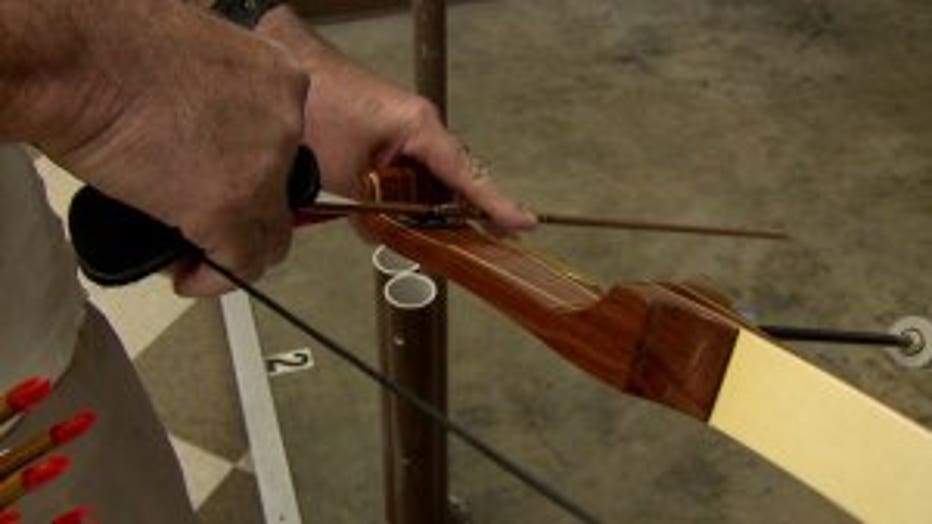
“What I tell my family is, 'I'm going down to meditate,''” said the former leadership development consultant at Northwestern Mutual. "When I’m shooting pure, everything is focused on just shooting, and I'm relaxed and I’m having fun.”
The process itself is simple enough – draw, release, repeat. The hard part is the consistency.
“It’s being exactly the same every single time," said Maryniak.
It's about being able to replicate the motion over and over, to the point that you can do it with your eyes closed.
“It shuts everything else down, and makes you focus on fundamentals," said Maryniak.
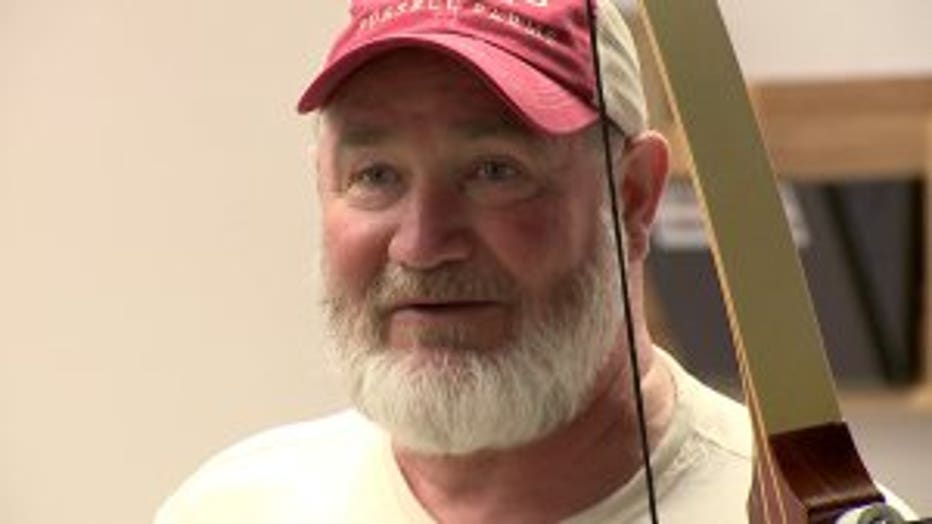
Lyle Maryniak
Maryniak is a certified instructor. Last fall at the Wisconsin Highland Games, a friend who is blind presented him with a challenge: Could he teach a person to shoot, when they can’t actually see the target?
“That was just an ‘ah hah!’ moment. 'Wow! This is opening up his world to something he might otherwise not ever do, and that’s really cool,'" said Maryniak.
From there, Maryniak set his sights on giving more people with visual impairment that feeling. He coordinated with the non-profit Vision Forward to hold three classes this summer at West Town Archery in Brookfield.
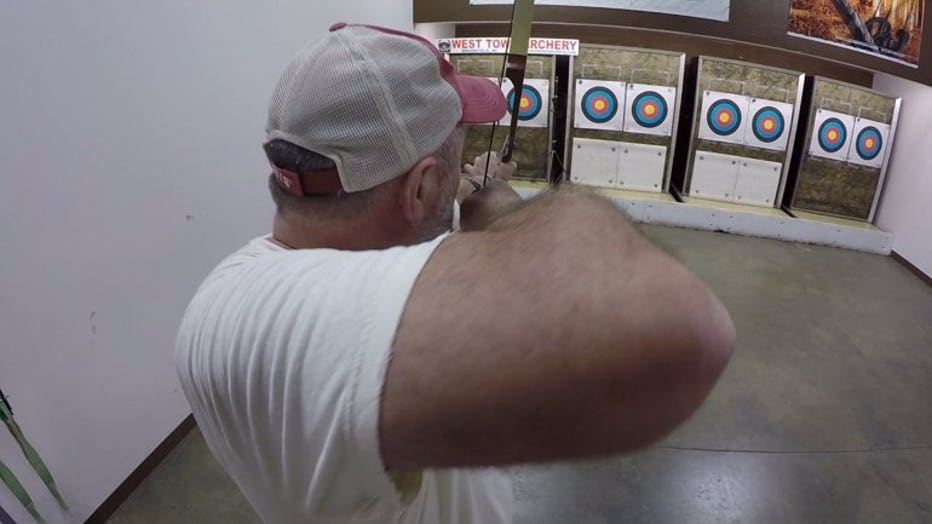
Lyle Maryniak
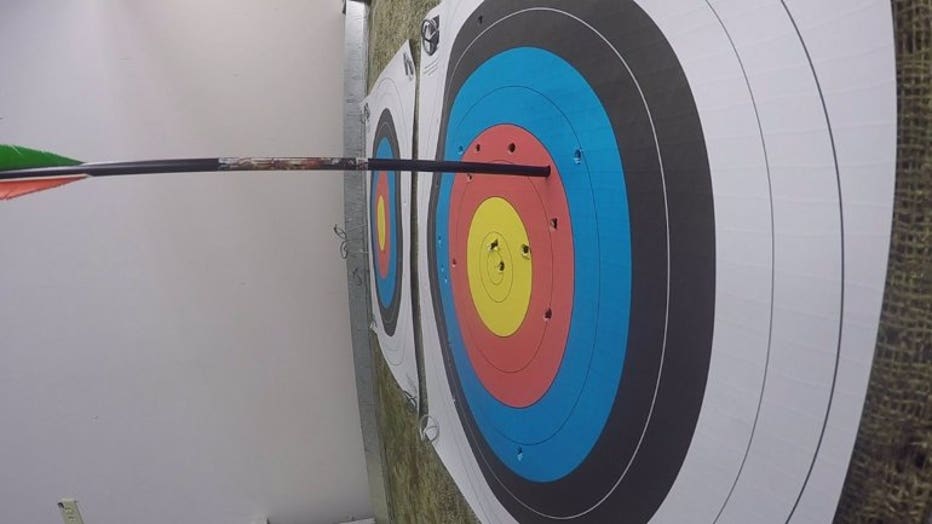
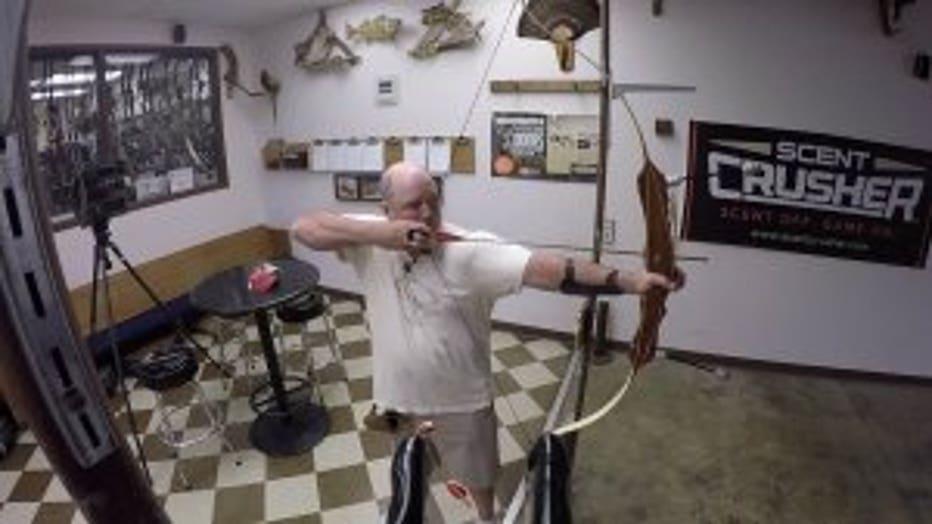
Lyle Maryniak
Katrina Rainey, Tony Jandrowski and Anthony Ricks all have a different view of the world around them.
“It’s like seeing through a cloud of pea soup every day,” said Ricks, a 45-year-old man who suffers from glaucoma.
“If I’m lucky, on a good day, I can see colors and my hand. Today is not a good day, but you know," said Rainey, 34.
None of the students had any significant experience with a bow until they met Maryniak.
“I didn’t think I’d ever hit the target, I’m going to be honest. I just knew I wanted to try," said Rainey.
Maryniak said he’s learning as much as his students, if not more.
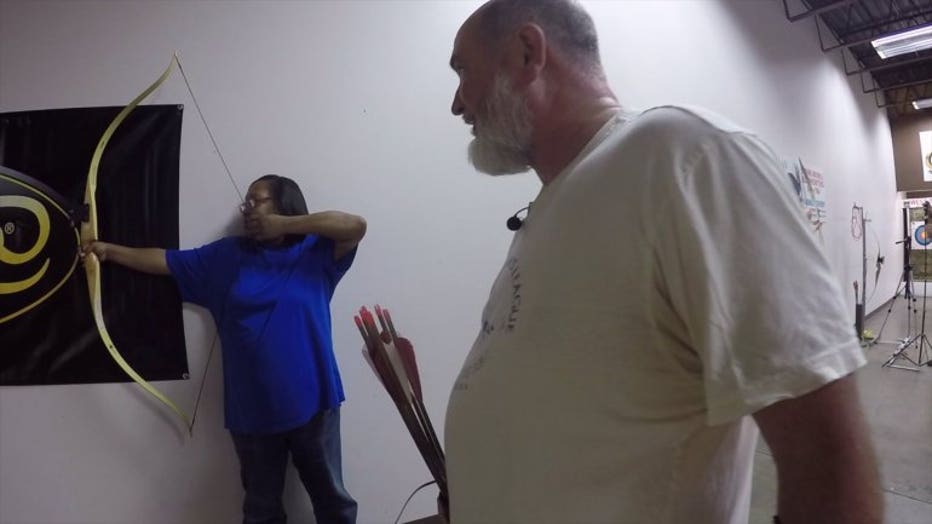
“I can’t role model. Most of the time I’ve ever taught, I’ve said, ‘Watch what I’m doing. Do that.’ I can’t do that," Maryniak said.
He found designs online for a basic stand made from common products. A T-square sets the feet and an adjustable tripod guides the hand to line up the shot.
“I don’t know immediately where I hit, but I can tell by the sound that I at least hit the target. I can hear the paper rip," said Jandrowski, 54, who has retinitis pigmentosa.
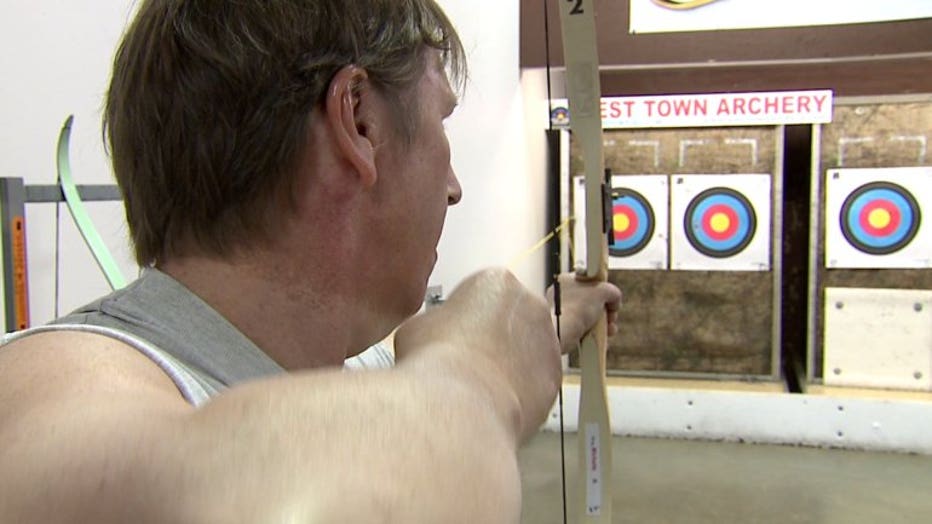
Plus, Maryniak's boisterous reactions usually give them a pretty good idea.
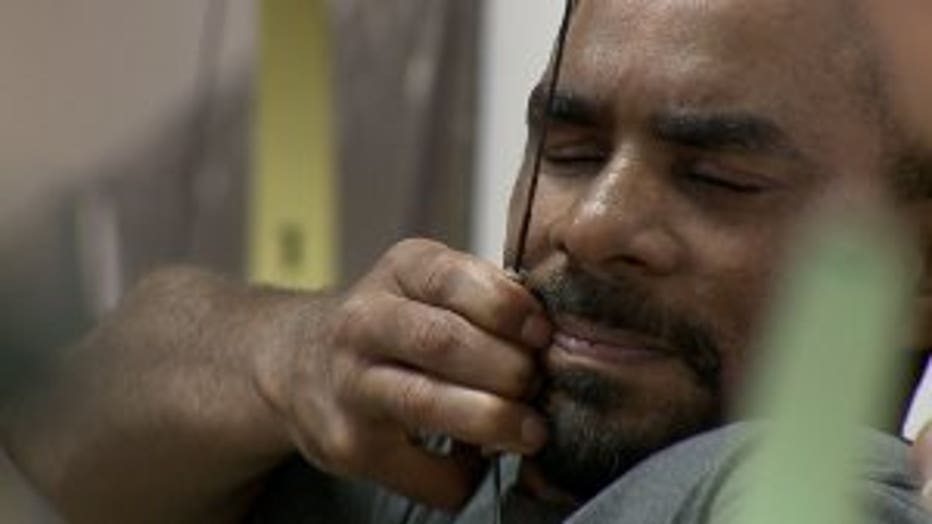
“You see the smile right?”said Rainey, through a big smile. “That’s how nice it is.”
For these three students, the cruel nature of their various conditions is that each of them could see for large portions of their lives.
“I had perfect vision as a child,” said Ricks.
“My world became dark, and I’m dealing with that, but I don’t let it get me down," said Jandrowski.
Archery is an outlet.
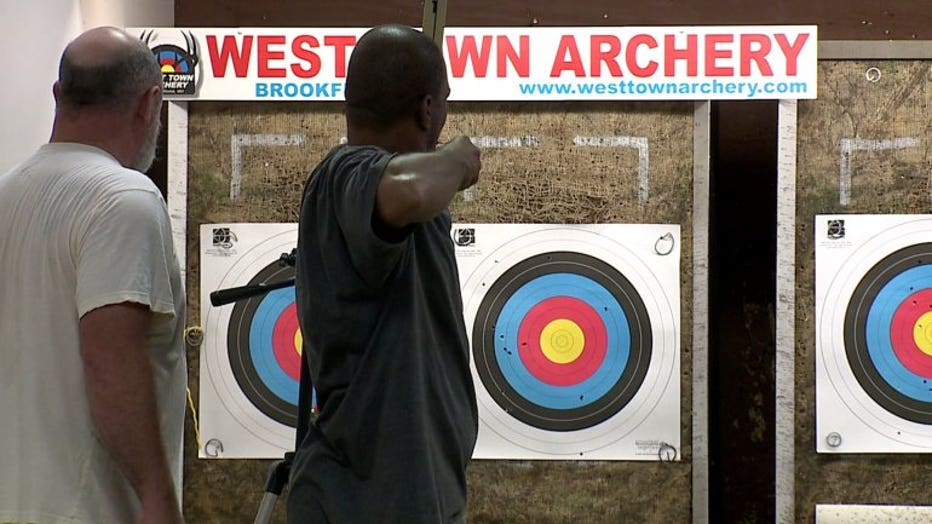
“Being blind, you don’t find too many things, or get too many offers to compete in sports, and it might just give me my competitive edge that I’ve always been missing," said Ricks.
“It gives you something to look forward to. I didn’t hit the bulls-eye this time, but next time I’m going to hit the bulls-eye. The more you think like that, the more fun it becomes," said Rainey.
And that is exactly what Maryniak was aiming for.
“It’s just a feeling of worth. It’s a feeling like, you did something that’s going to make somebody else’s life better. I don’t know, doesn’t get much better than that," said Maryniak.
With this pilot program a success, Maryniak hopes to expand the opportunities in the future. He plans on having a blind archery demonstration at the Wisconsin Highland Games, and hopes these first few students will help him teach more people down the road.
Related resources:

